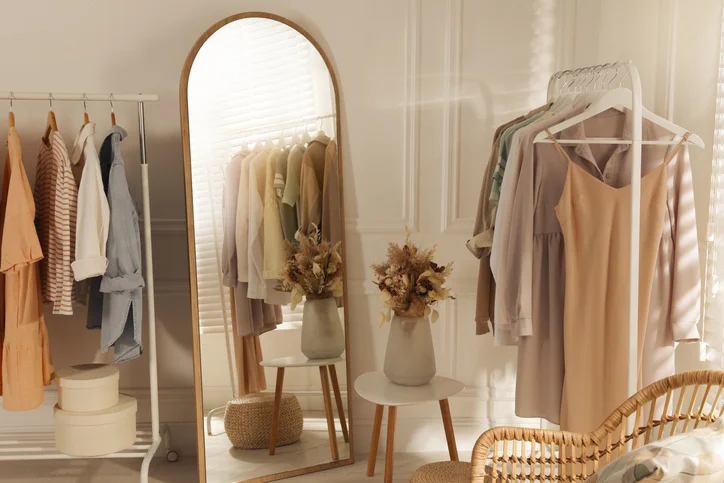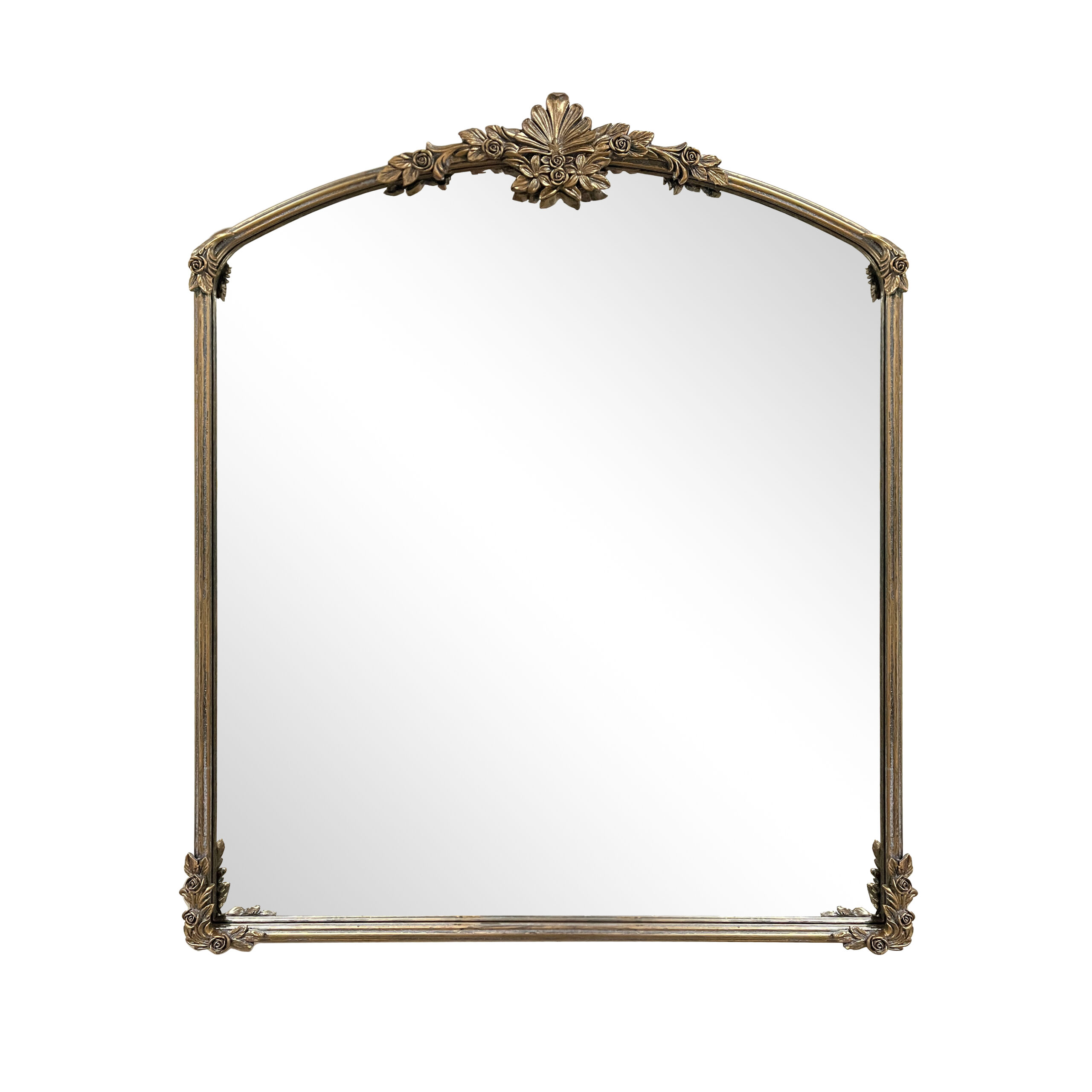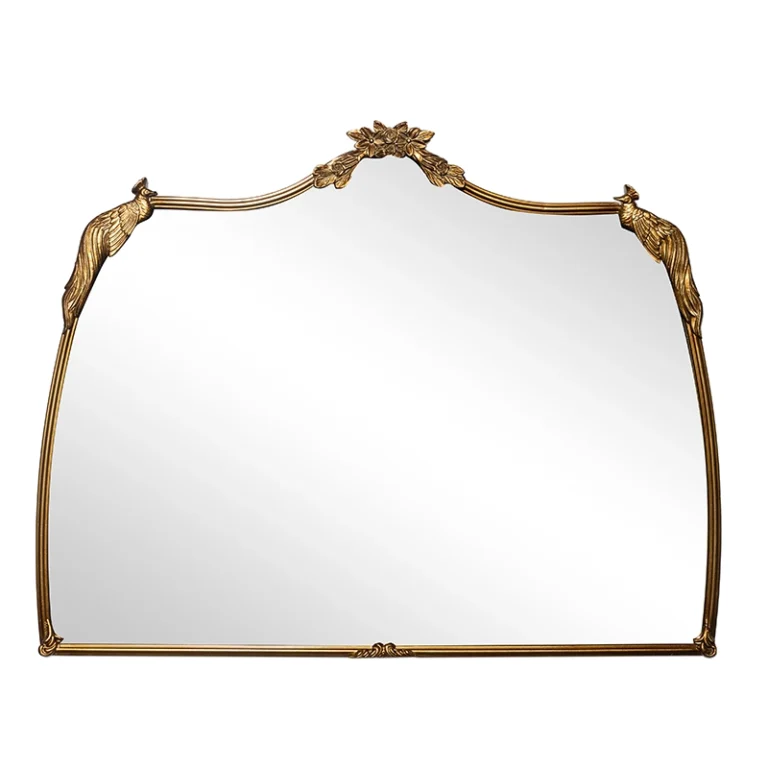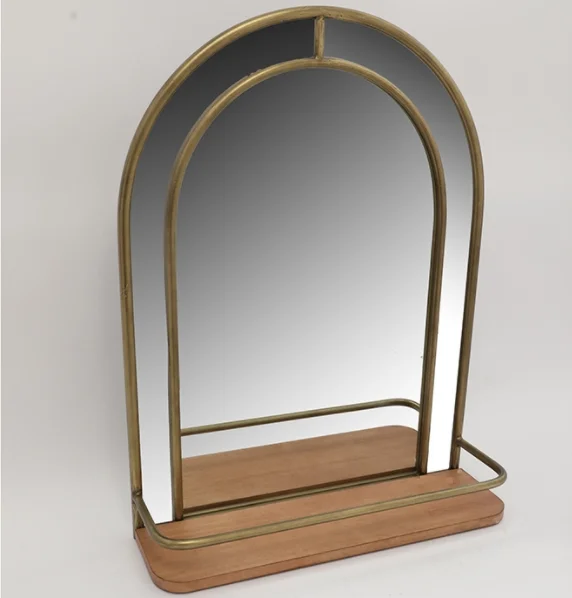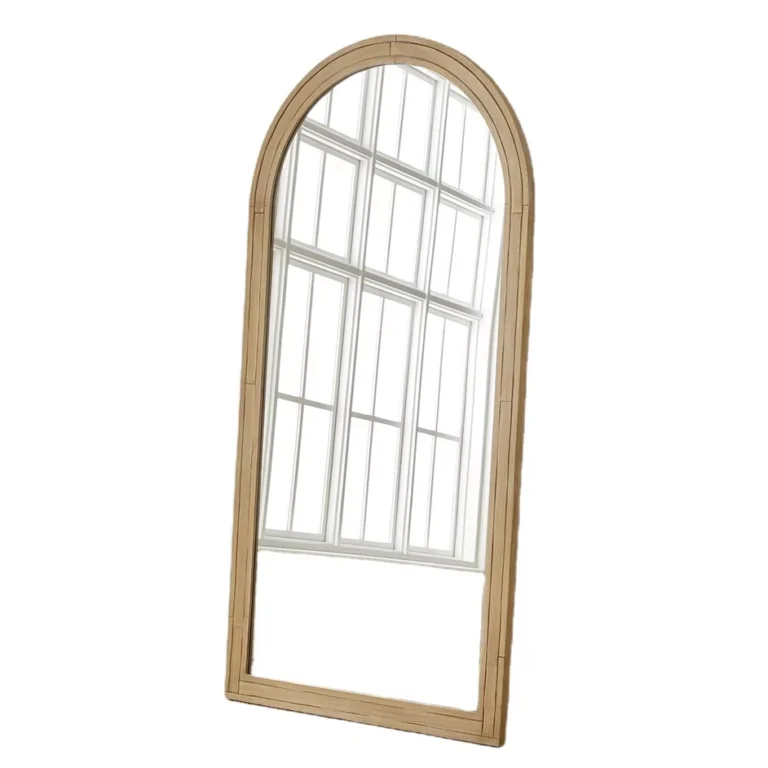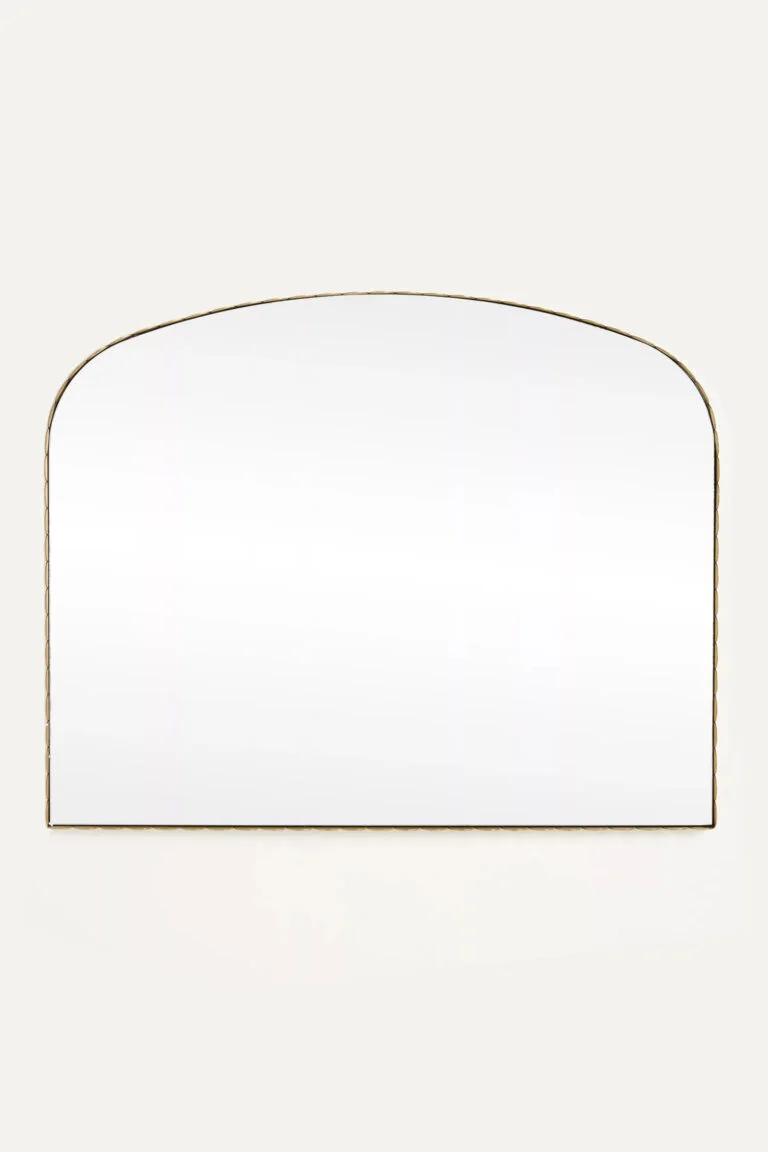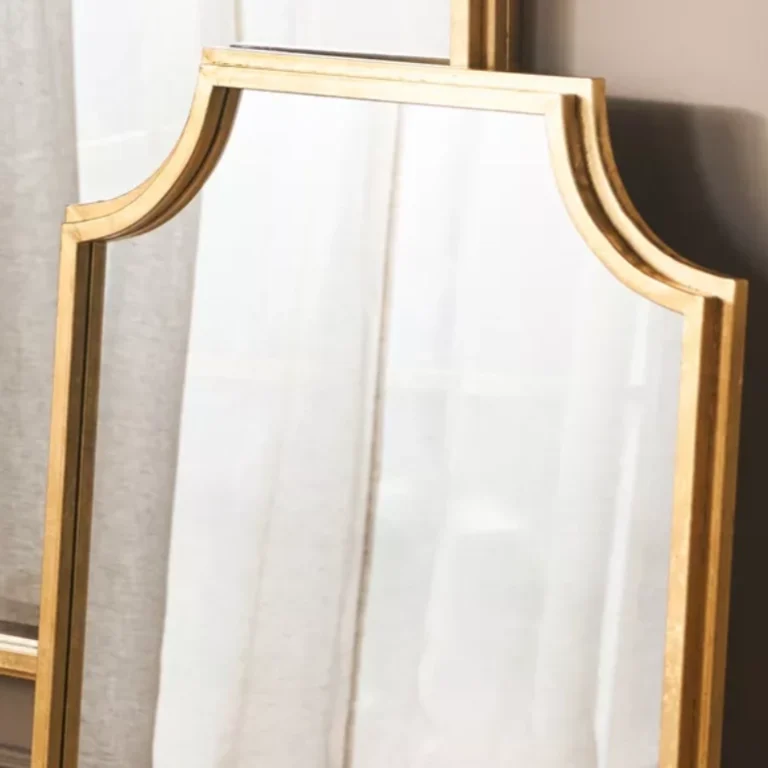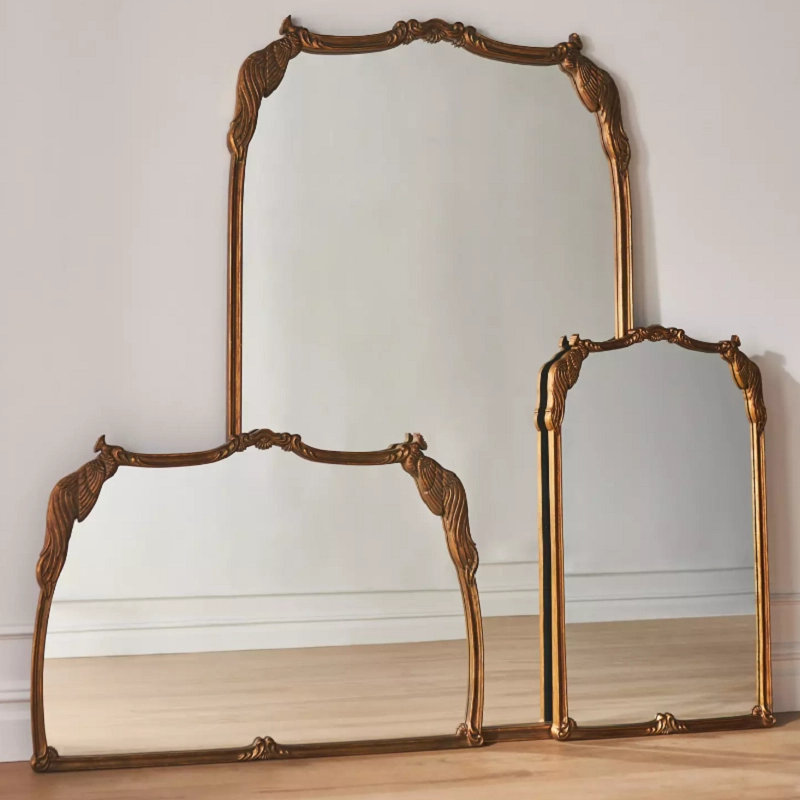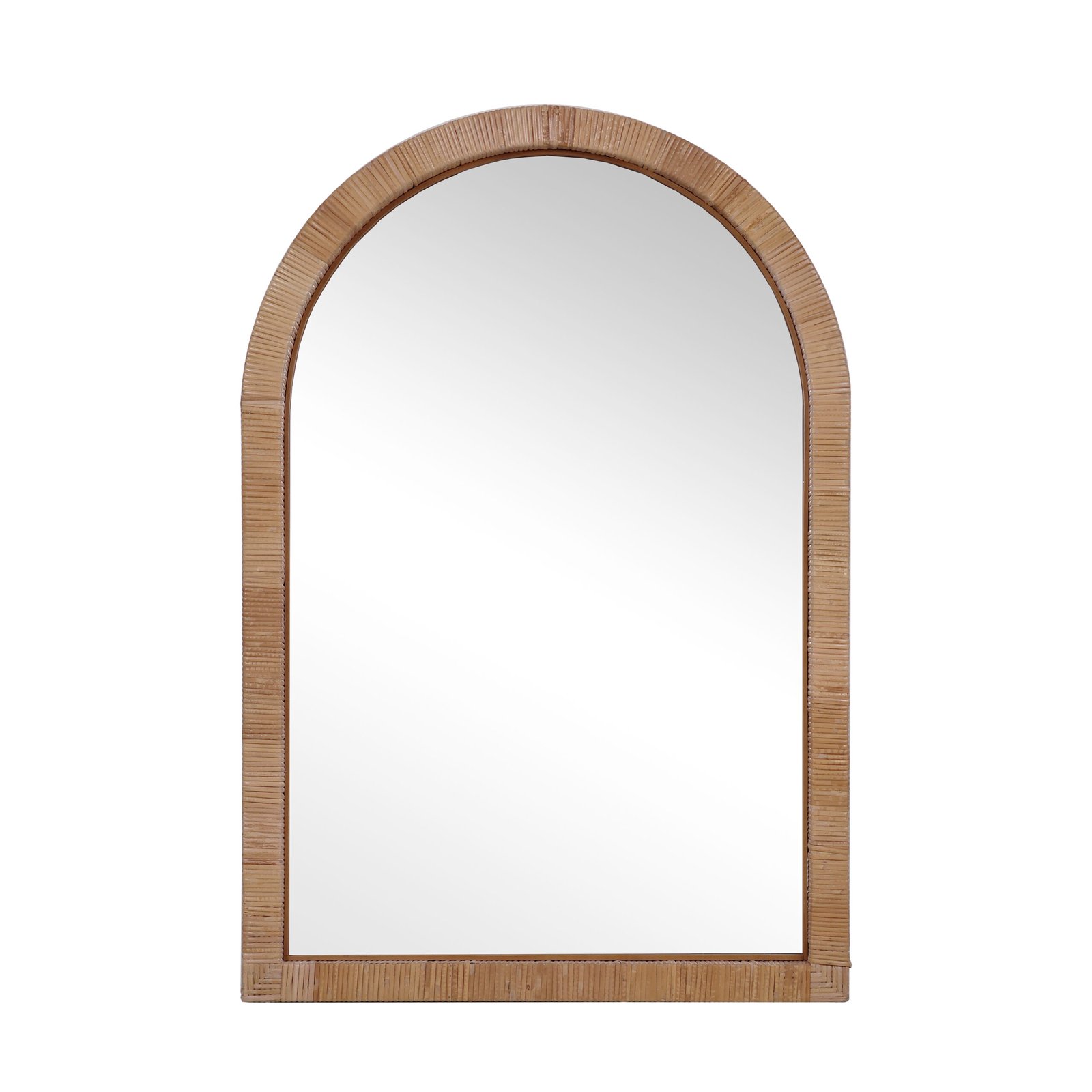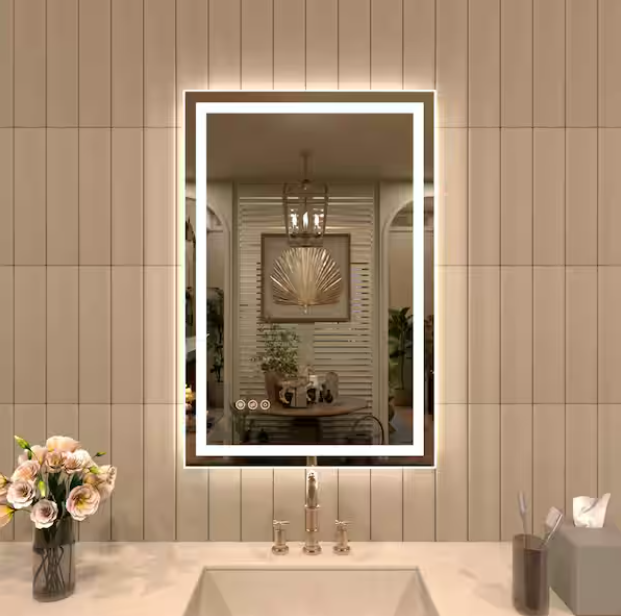Full-Length Wall Mirror Types and Uses
A full-length wall mirror is a large mirror designed to reflect a person’s entire body from head to toe, typically mounted on a wall. These mirrors are popular in bedrooms, dressing areas, bathrooms, and entryways for checking outfits, styling, and enhancing room aesthetics.
Types of Full-Length Wall Mirrors:
-
Freestanding Leaner Mirrors – Tall mirrors that lean against the wall without mounting.
-
Mounted Wall Mirrors – Securely fixed to the wall with brackets or adhesive.
-
Sliding Door Mirrors – Often used in closets or wardrobe doors.
-
Framed vs. Frameless – Framed mirrors offer decorative styles, while frameless ones provide a modern look.
-
Tilting Mirrors – Adjustable angles for better visibility.
-
Illuminated Mirrors – Built-in LED lighting for better visibility (common in vanity mirrors).
Standard Sizes:
-
Height: Usually 60 to 72 inches (matching average human height).
-
Width: Typically 18 to 36 inches, but wider options exist.
-
Thickness: Around ¼ to ½ inch for glass.
Placement Tips:
-
Bedroom: Near a dressing area or closet.
-
Entryway: For a last-minute outfit check.
-
Bathroom: If space allows (ensure moisture-resistant mounting).
-
Living Room or Hallway: To create an illusion of more space.
Installation Options:
-
Wall-mounted with brackets or J-channels
-
Adhesive strips (for lightweight mirrors)
-
French cleat system (for a secure, flush fit)
-
Door/wall hooks (for hanging mirrors)
Style Considerations:
-
Modern: Slim, frameless, or metal-framed.
-
Vintage: Ornate wooden or gold frames.
-
Industrial: Black iron or pipe frames.
-
Minimalist: Thin, unobtrusive borders.
Would you like recommendations on where to buy or specific design ideas?
Generally speaking, our order requirements are as follows: the minimum order quantity (MOQ) for large items is 50 pieces, for regular items it is 100 pieces, for small items it is 500 pieces, and for very small items (such as ceramic decorations) the MOQ is 1,000 pieces. Orders exceeding $100,000 will receive a 5% discount. The delivery timeline is determined based on the specific order quantity and production schedule. Typically, we are able to complete delivery within two months.
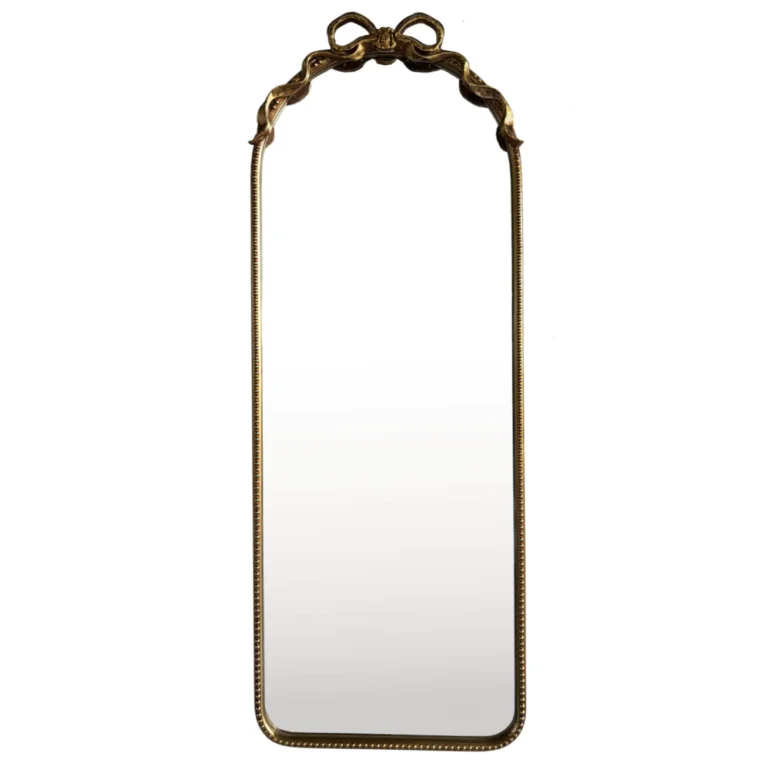
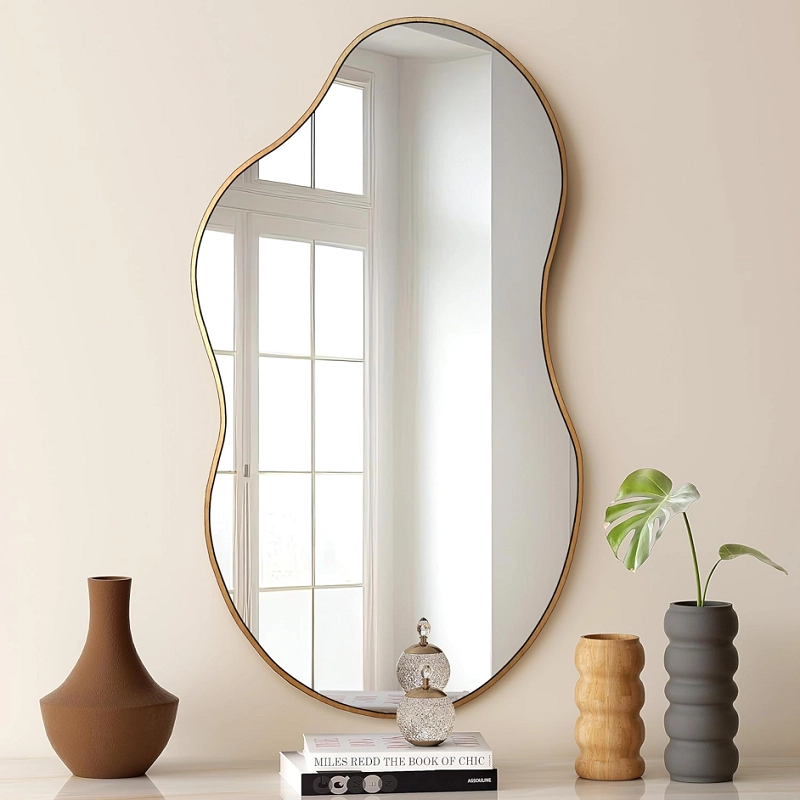

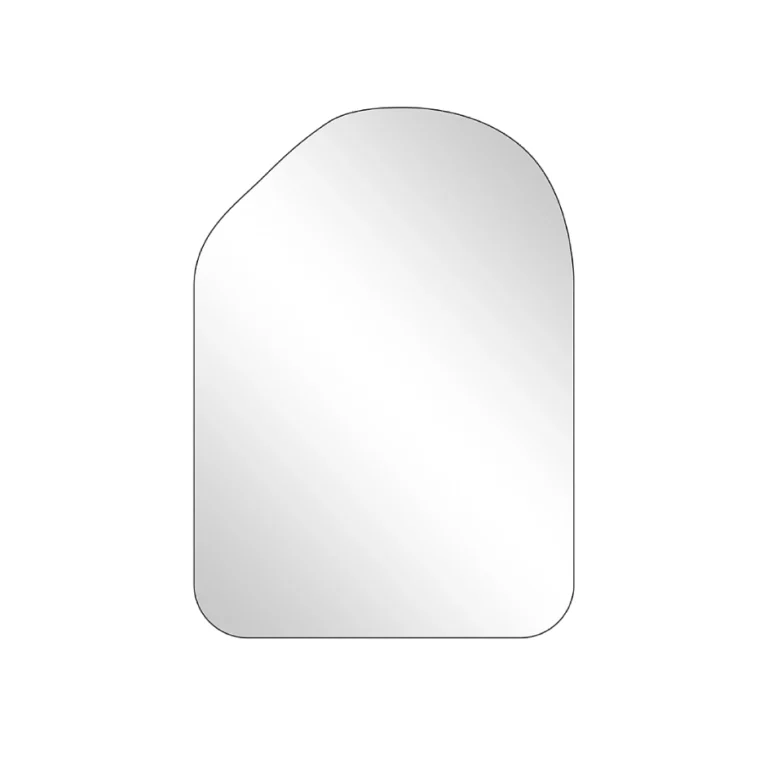
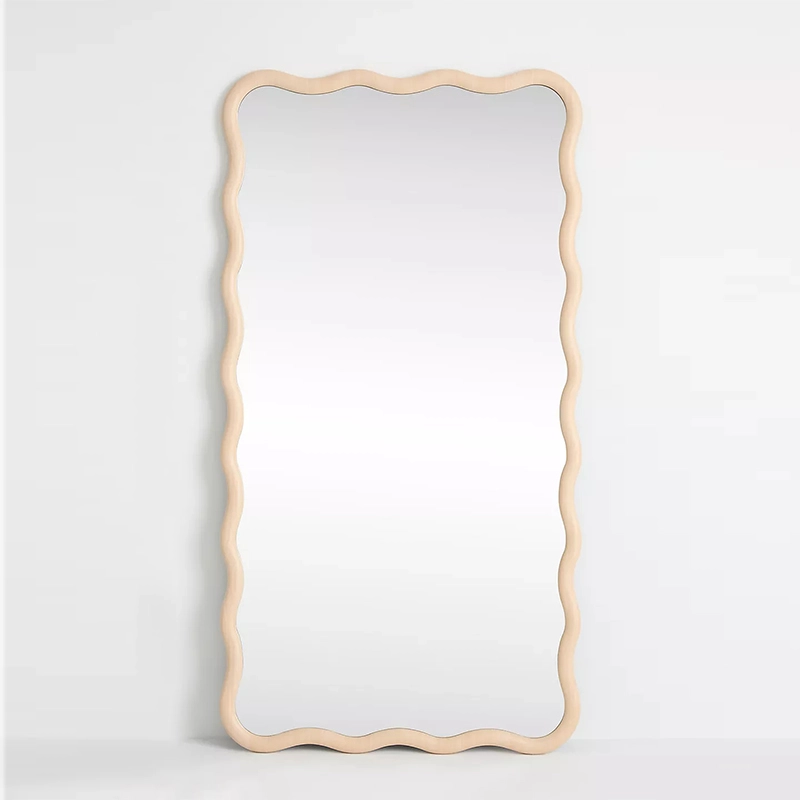
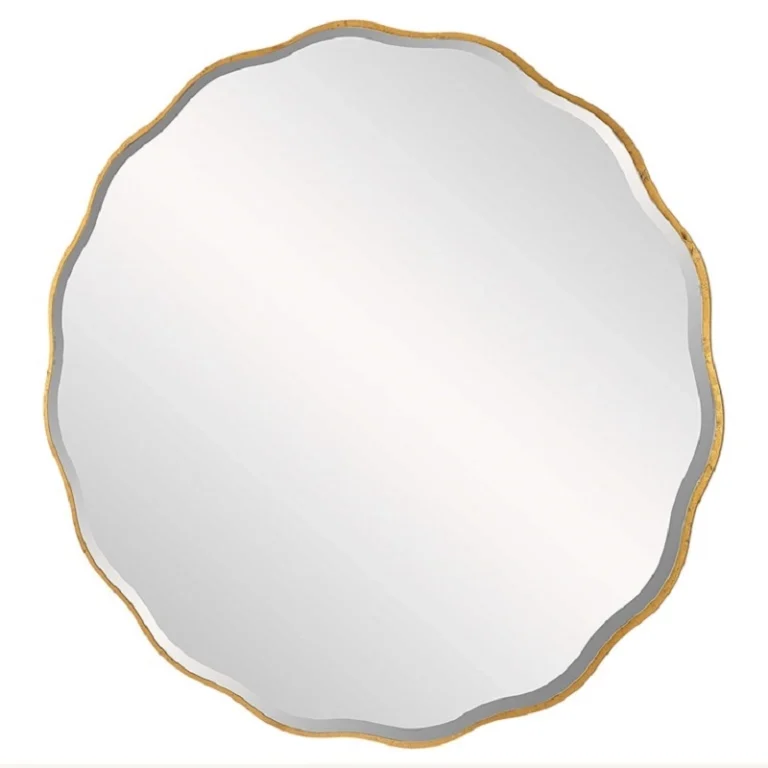

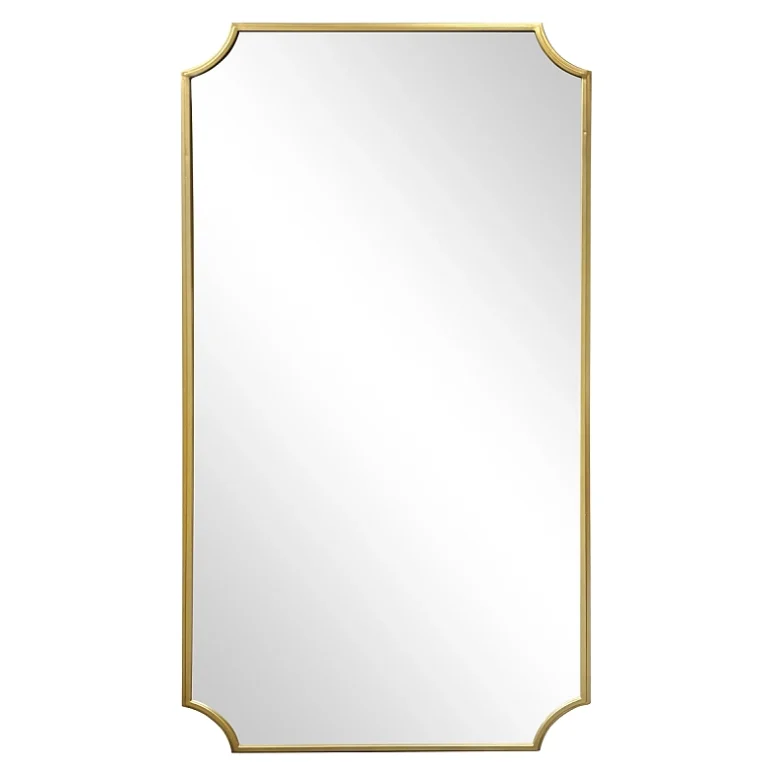
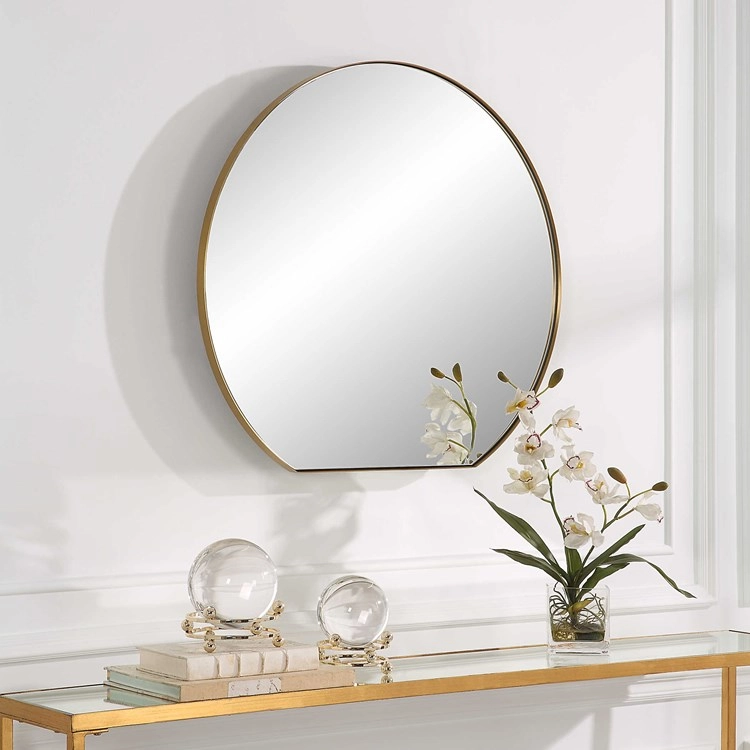
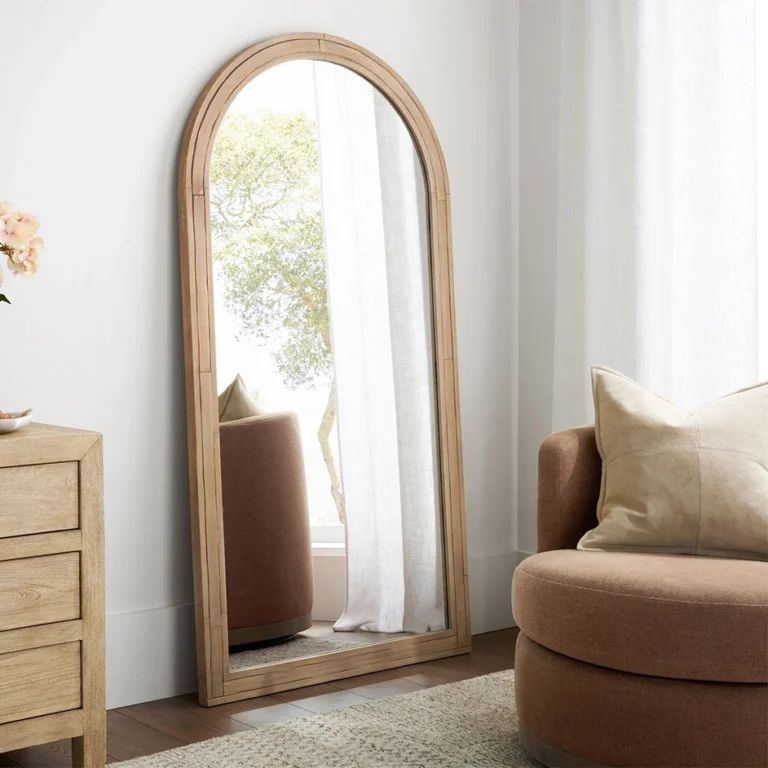
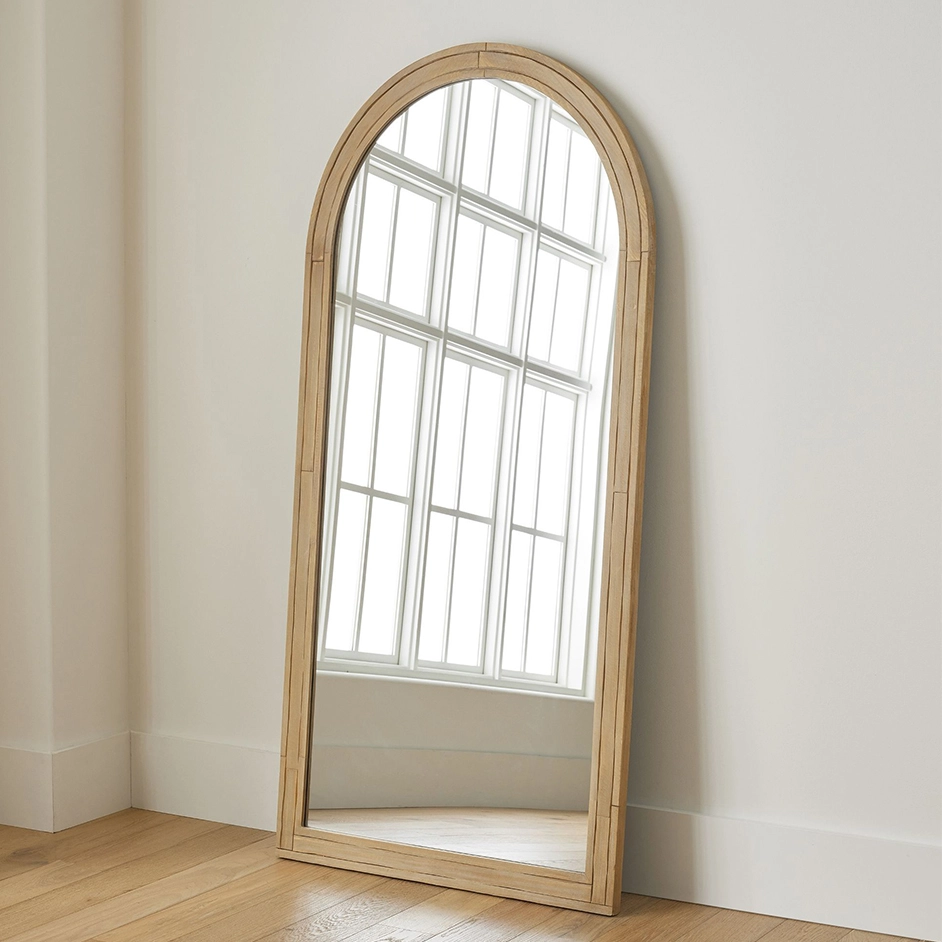
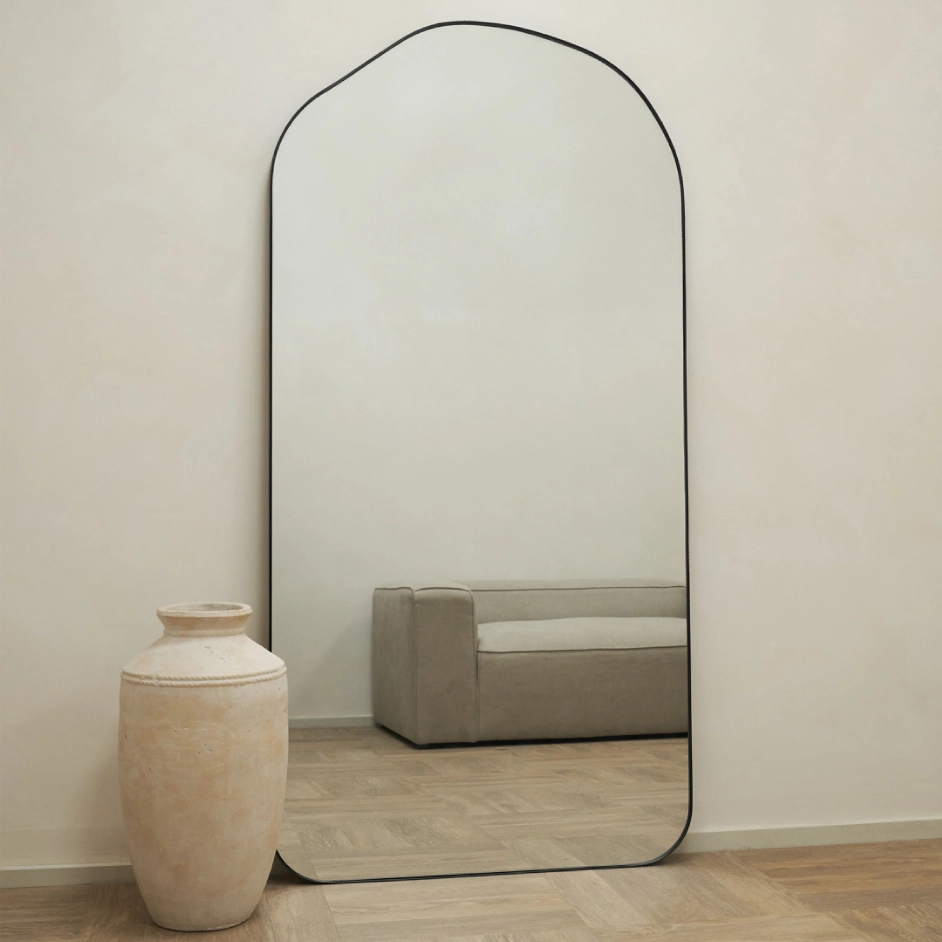
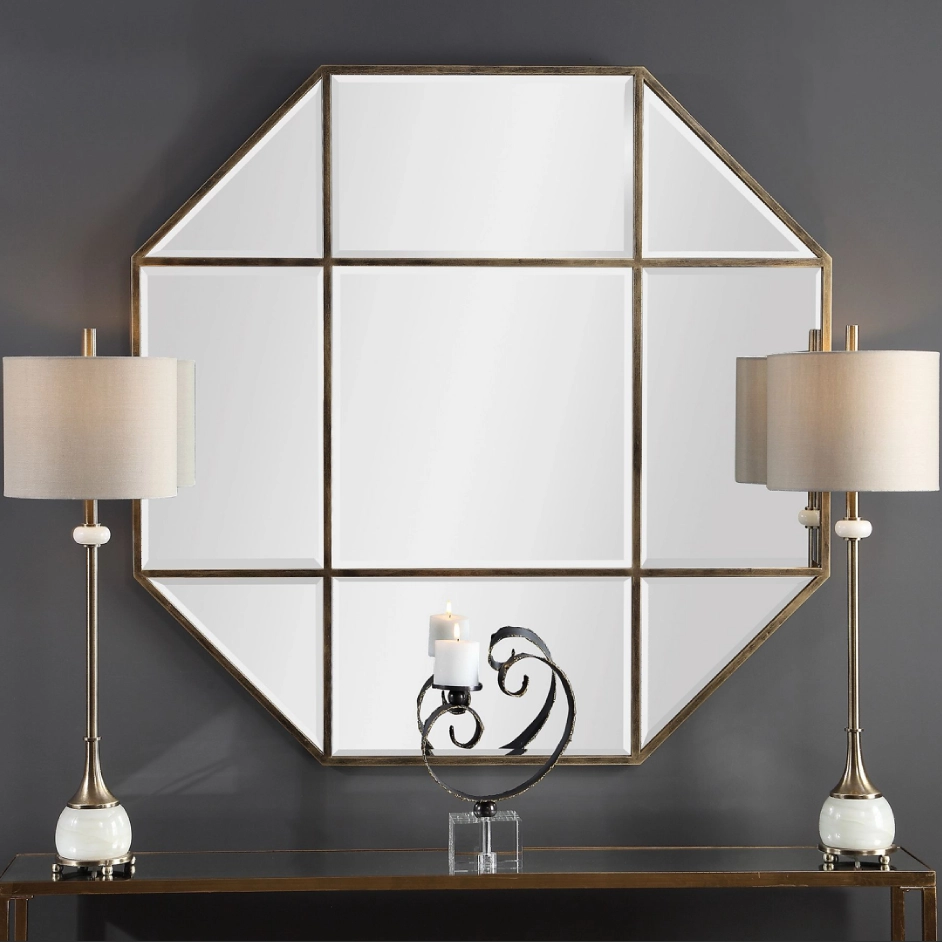
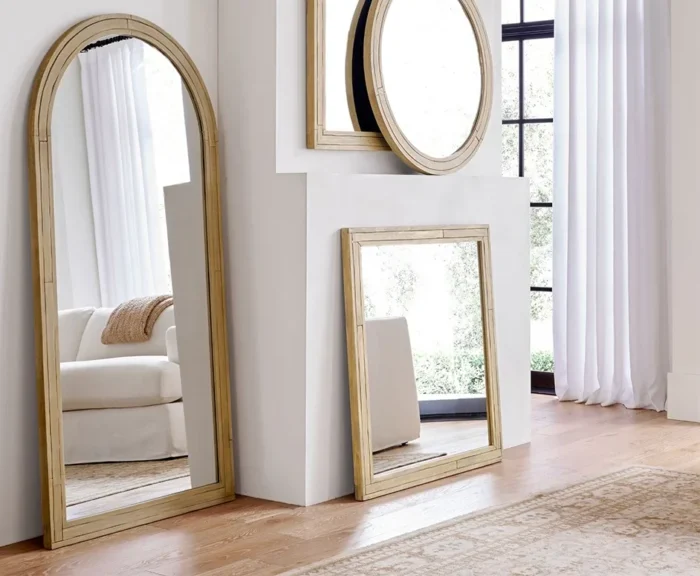


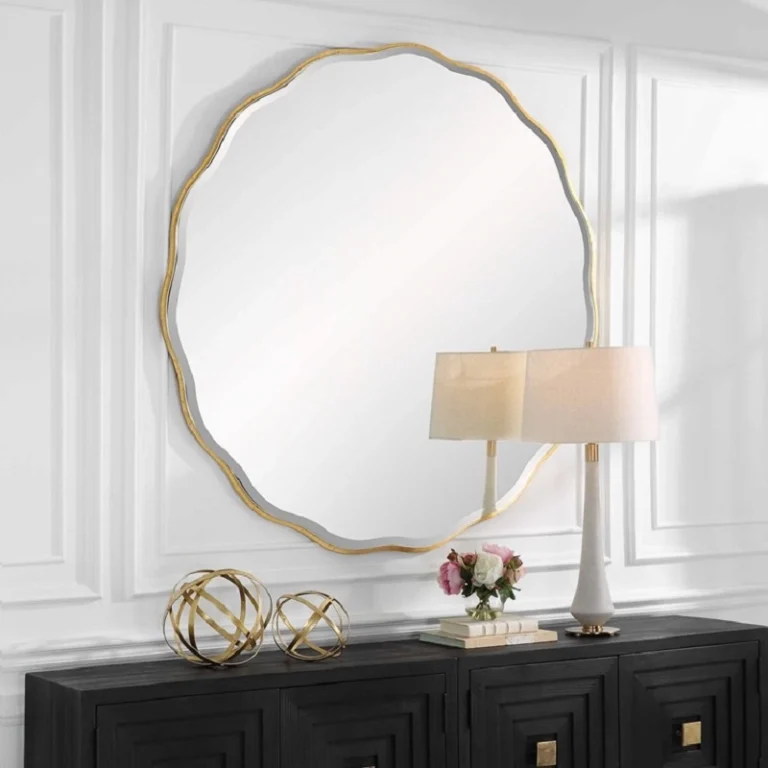
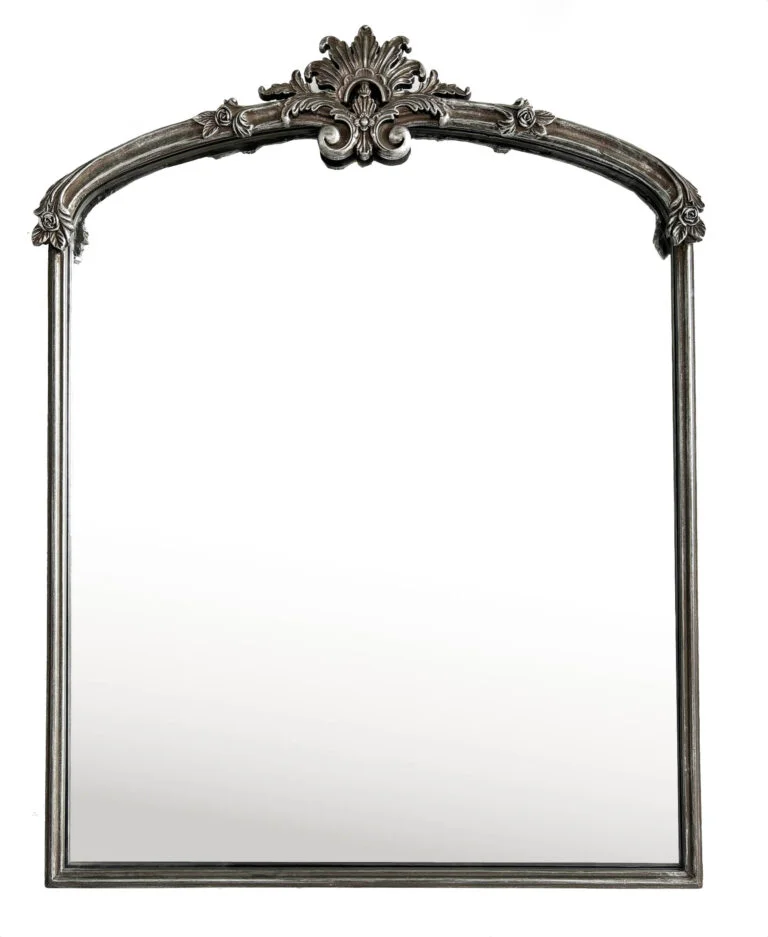
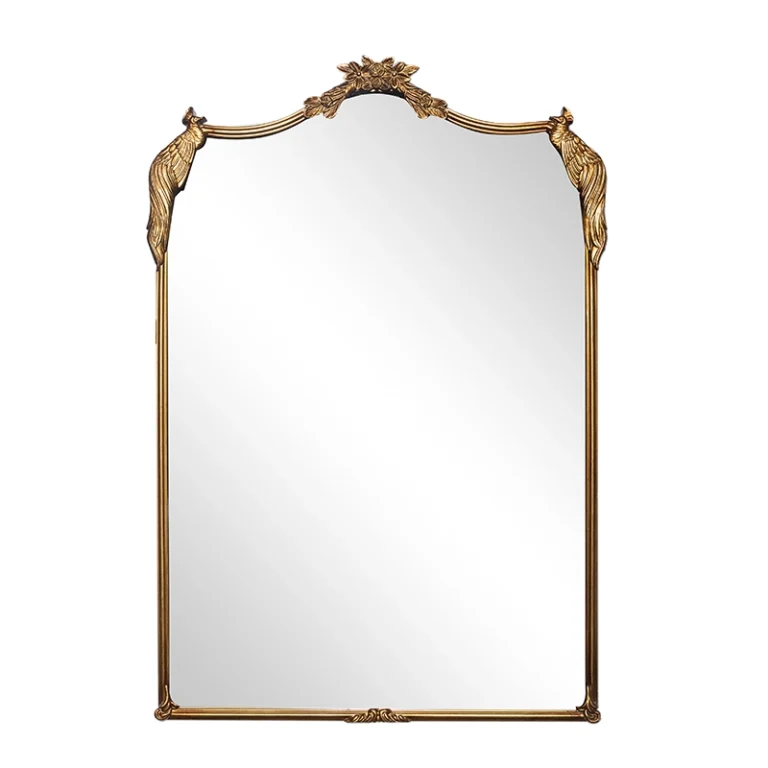
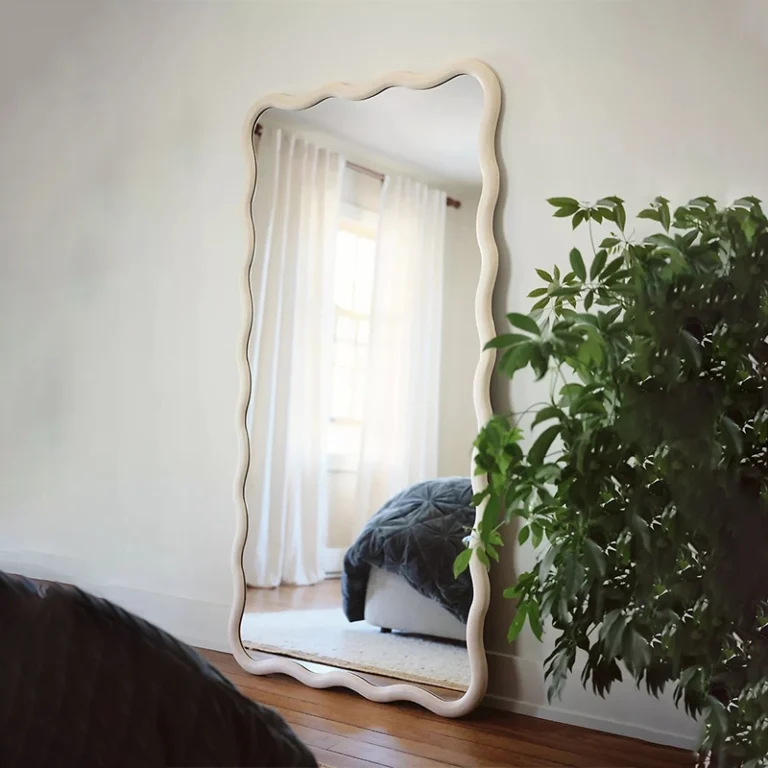
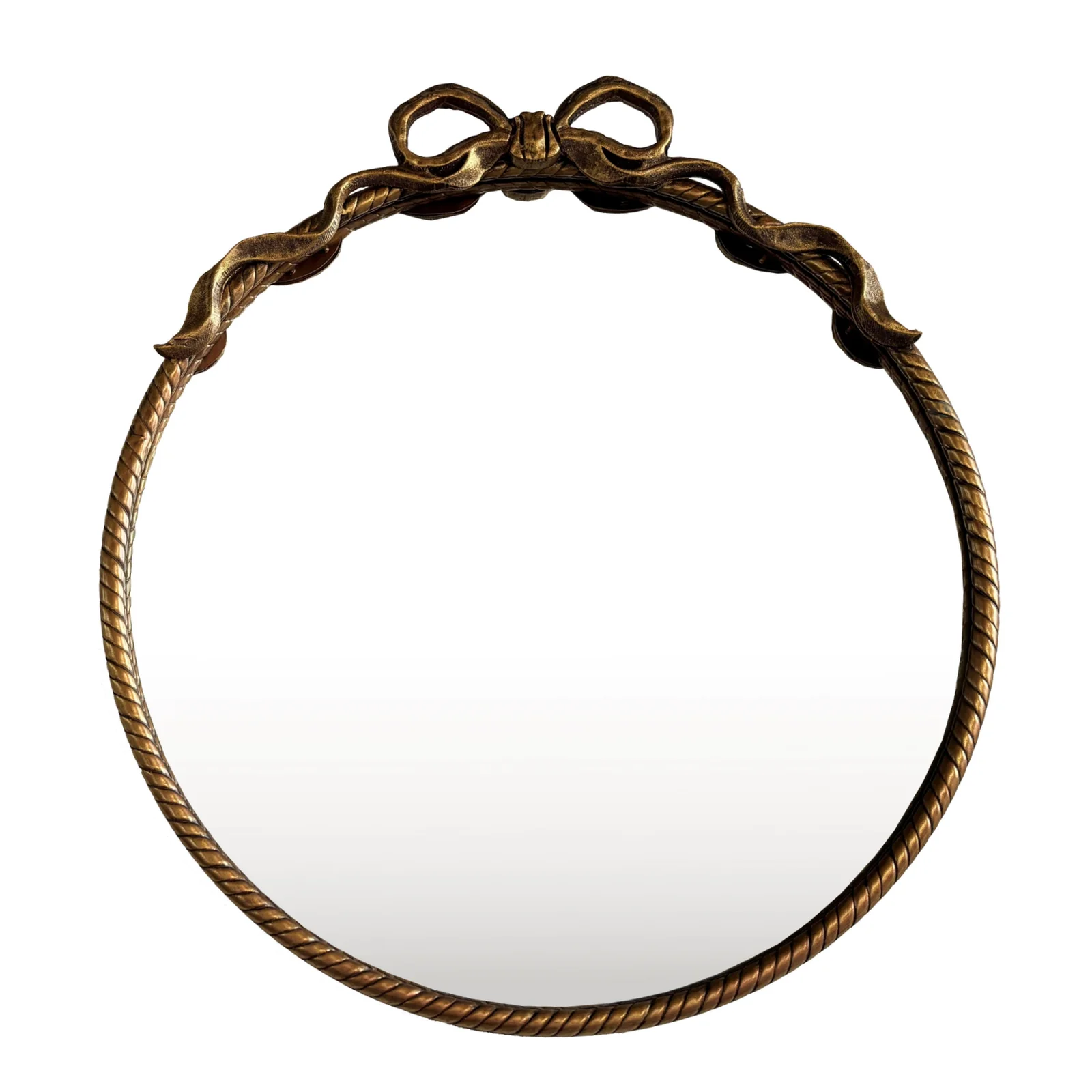
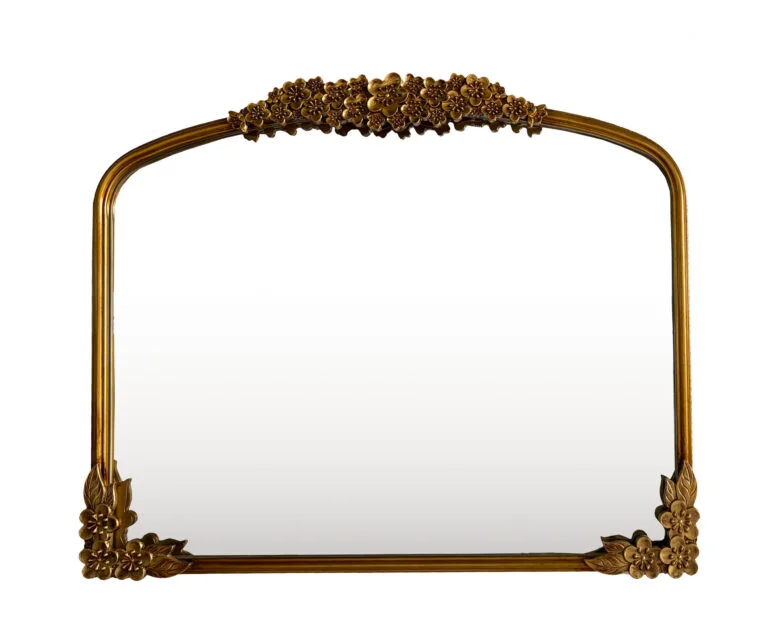



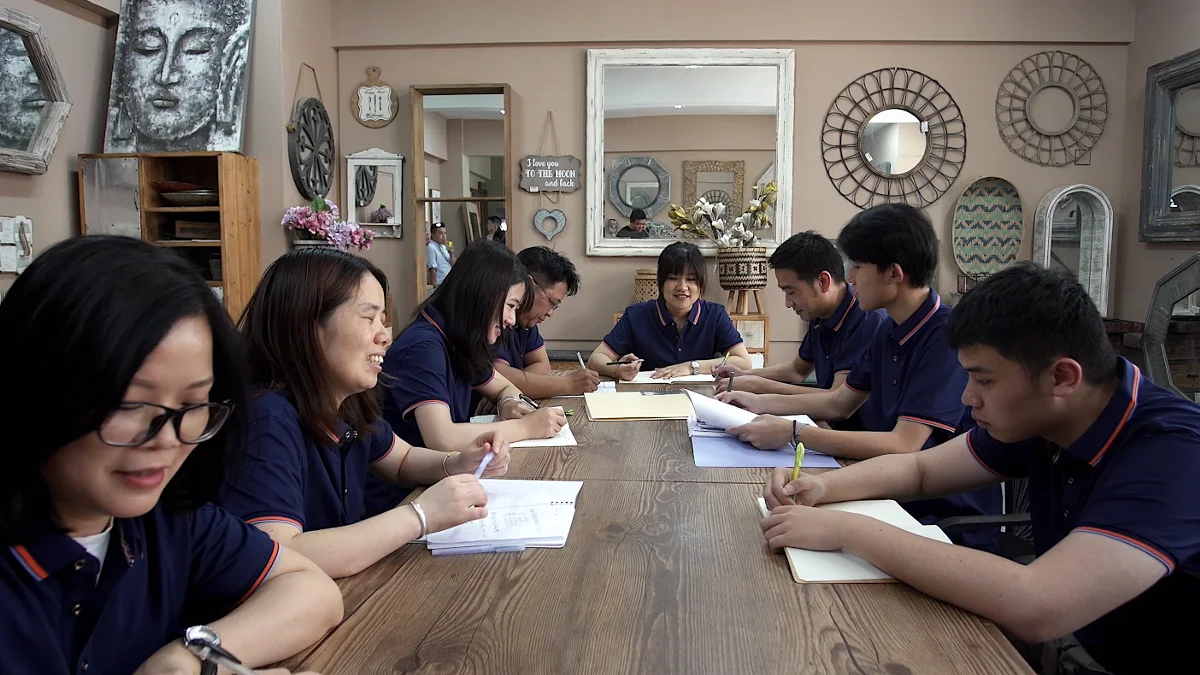
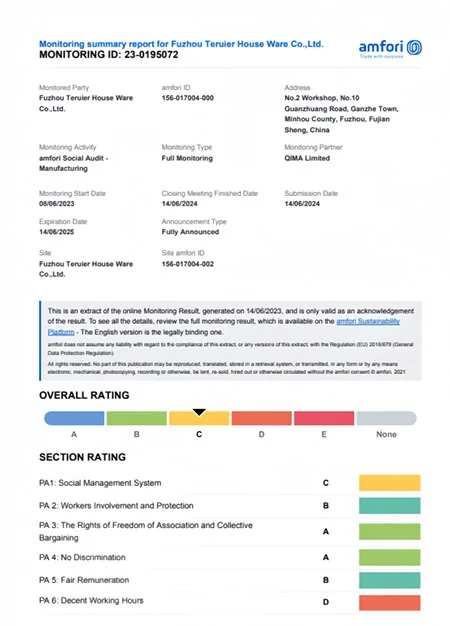
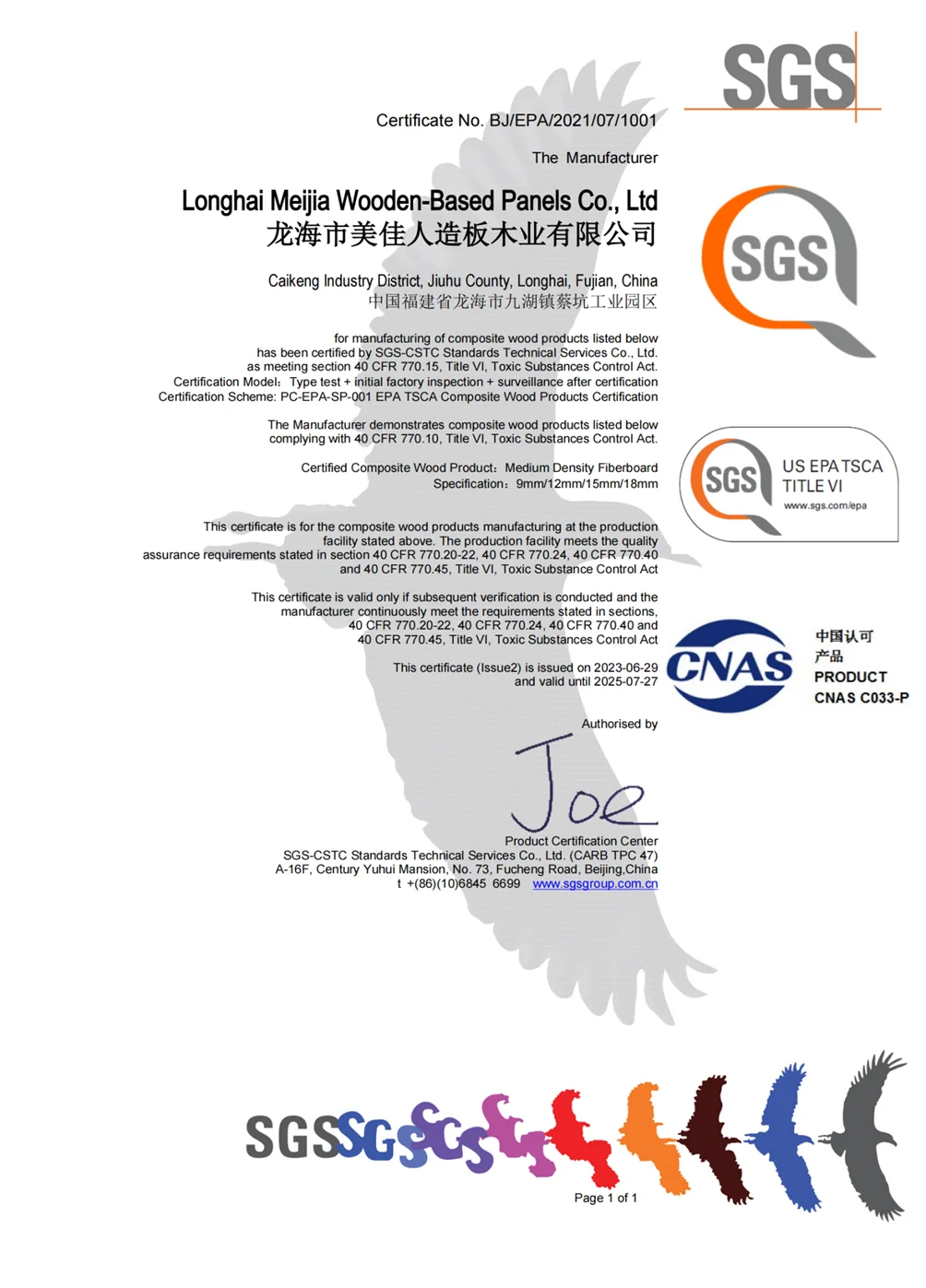

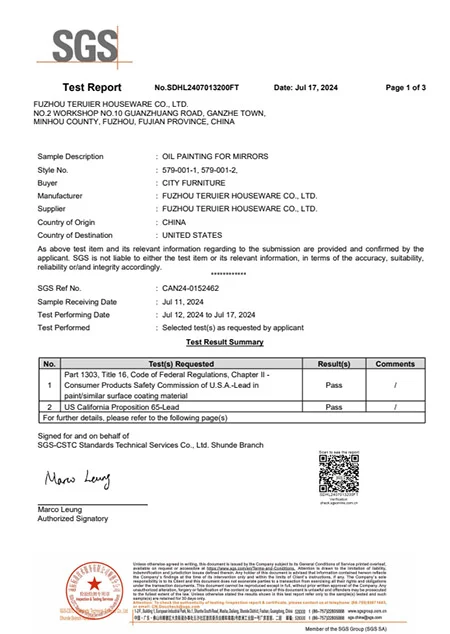
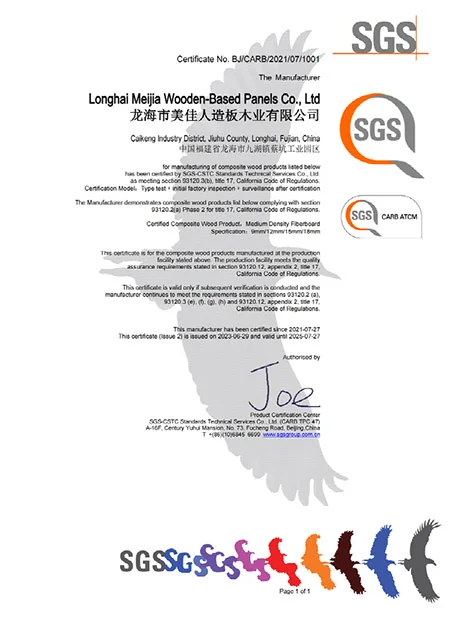
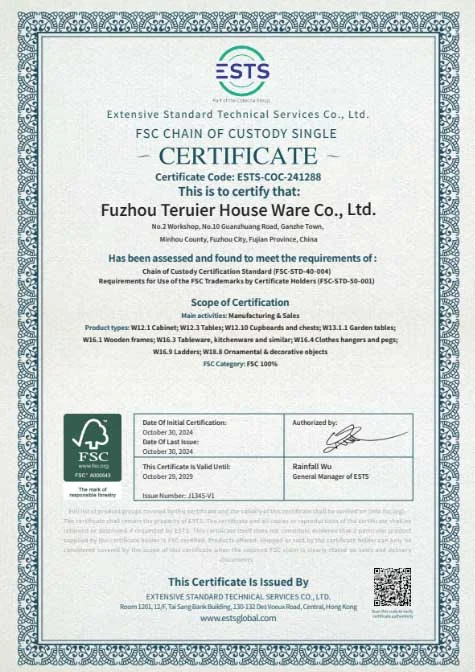
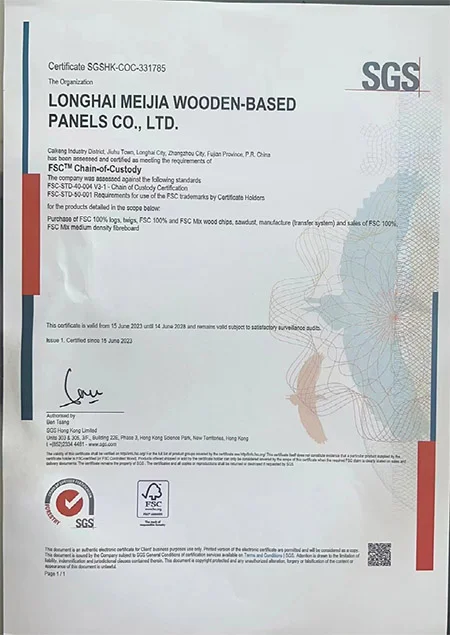
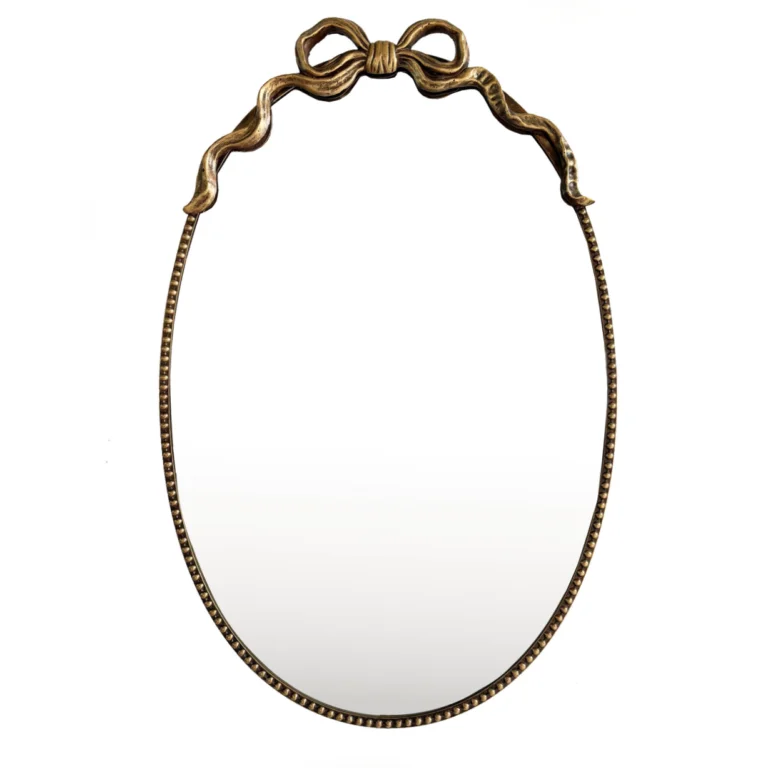
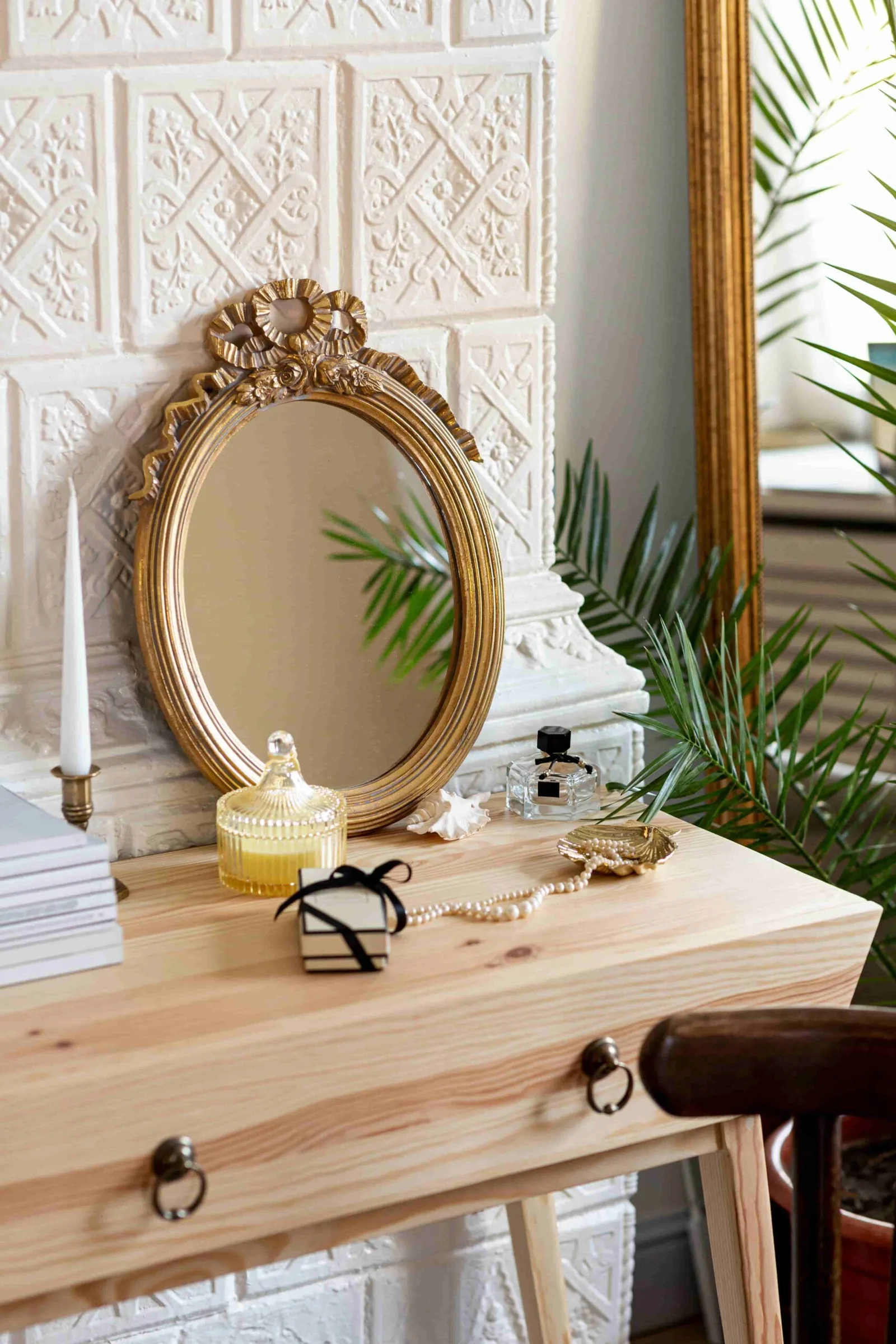
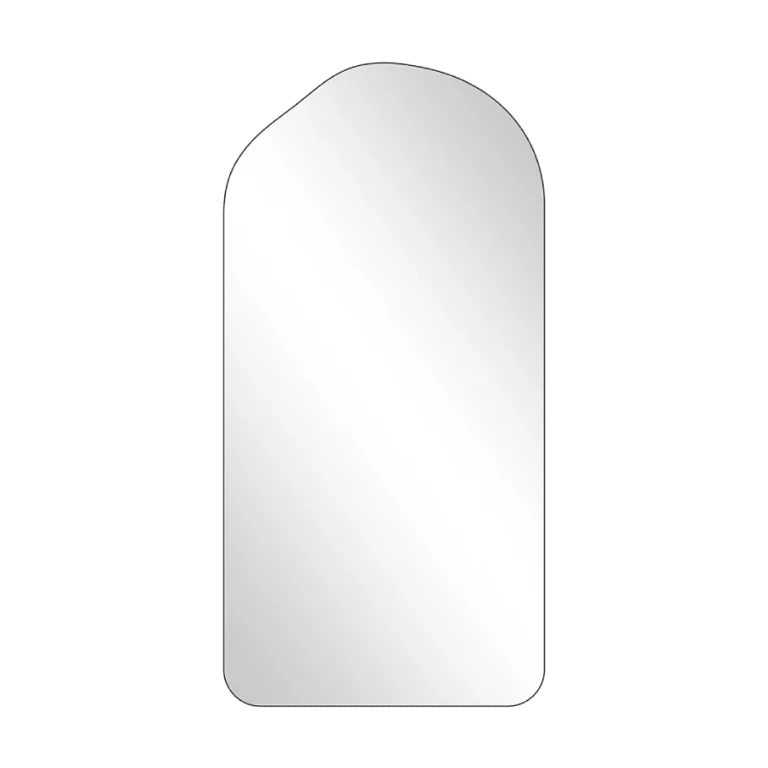
-scaled.jpg)

